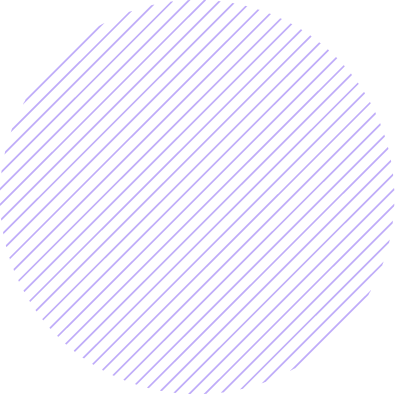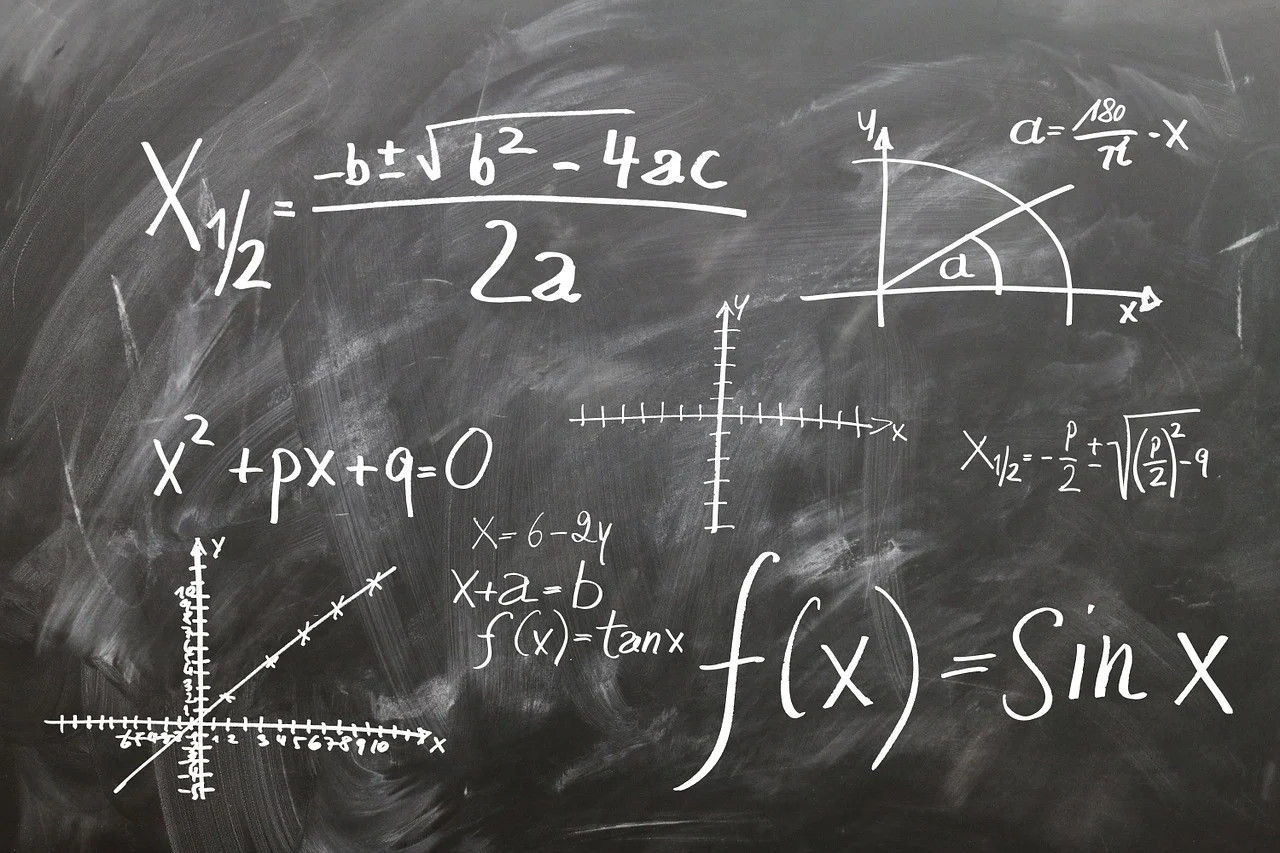CBSE Class 10Standard vs Basic Maths



Published Date
Category
From 2025, most schools continue offering two versions of Class 10 Mathematics — Standard (041) and Basic (241). The syllabus themes largely overlap, but the paper difficulty and depth of questions are different. If you are aiming for Science (PCM), Commerce with Maths, JEE/KCET/NEET, Standard is the safer pick. If you don’t plan to take Maths in Class 11–12 and want a lighter board paper, Basic can help you score better.

| Feature | Standard Maths (041) | Basic Maths (241) |
|---|---|---|
| Difficulty Level | Moderate to high; concept depth & multi-step problems | Easy to moderate; direct questions & application focus |
| Purpose | For students continuing Maths in Class 11–12 / competitive exams | For students not taking Maths in higher classes, aiming for easier board paper |
| Syllabus Themes | Number Systems, Algebra, Coordinate Geometry, Geometry, Mensuration, Trigonometry, Statistics & Probability (coverage similar; question depth varies) | |
| Question Types | More case-study, HOTS, proof-based & trig applications | More direct formula-based, fewer HOTS |
| Best For | PCM/PCB/Commerce with Maths, CS, Design (Math-heavy) | Arts/Humanities, Commerce without Maths, Skill tracks |
| Switching Later | Schools/Councils may allow upgrades with conditions; check with your school and CBSE circulars for the current year. | |
Q1. Will Basic Maths reduce my overall percentage?
Not necessarily. Many students score higher with Basic because the paper is simpler. Choose based on future plans, not stigma.
Q2. Can I choose Basic now and switch to Standard later?
Policies vary by year and school. Speak to your school exam cell. If permitted, you’ll need sustained preparation to bridge the gap.
Q3. Which is better for Commerce?
If your school offers Commerce with Maths, take Standard. For Commerce without Maths, Basic works.